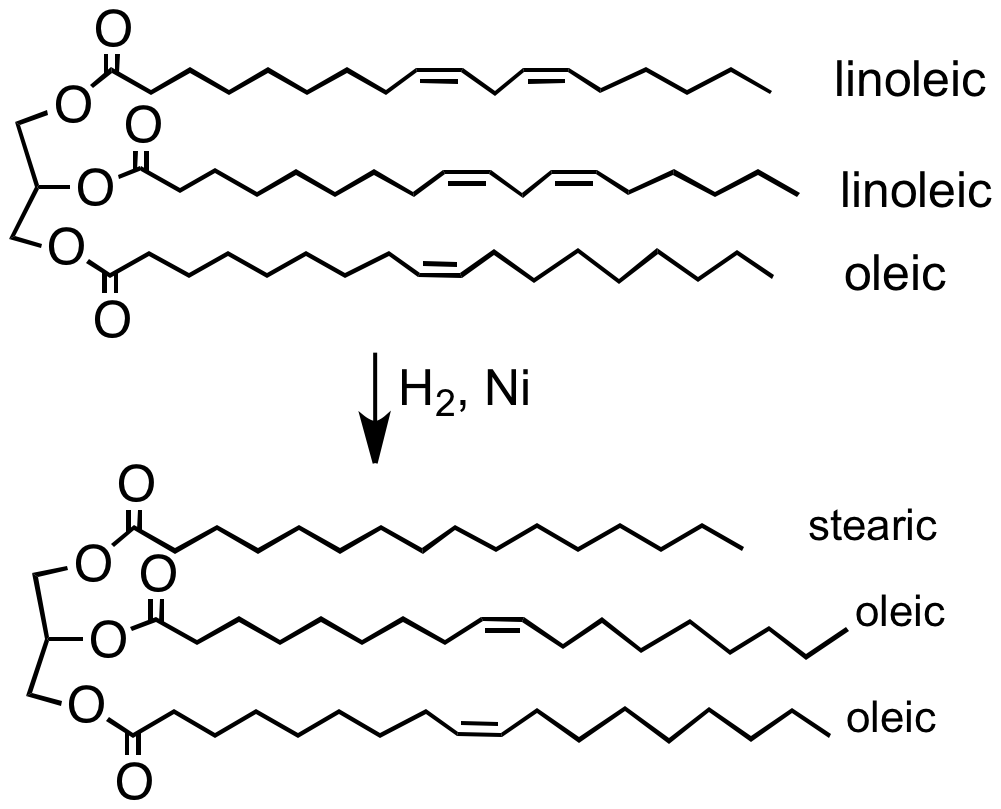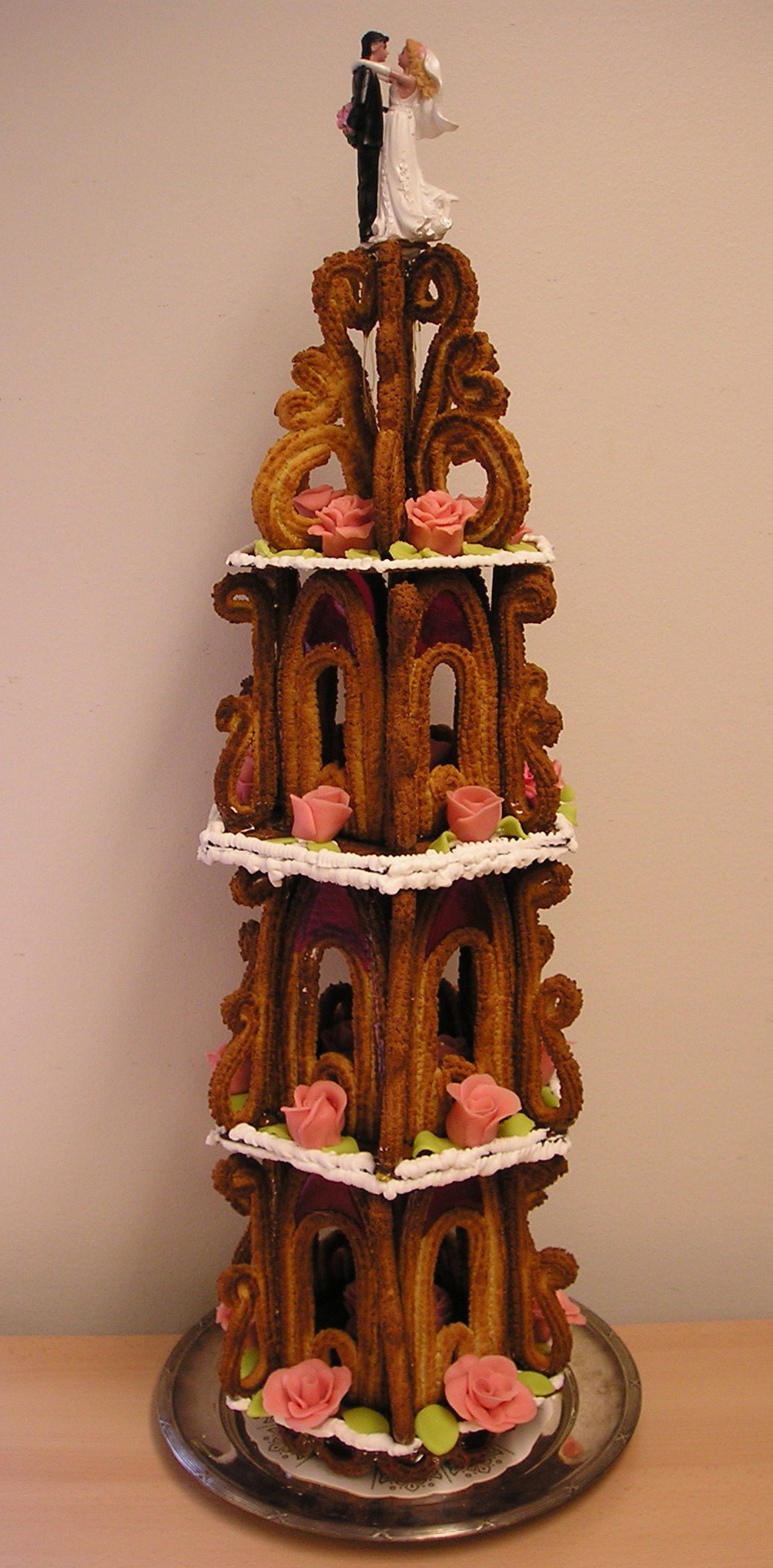|
Dabby-Doughs
Dabby-Doughs are a type of pastry. They are traditionally made using the remnants of dough leftovers from making a pie, although they can be prepared in large amounts by simply making a batch of pastry dough. The filling of a dabby-dough is typically a mixture of cinnamon and white sugar sprinkled on butter or margarine, rolled, sliced and baked. There are many different names for this type of confection Confectionery is the art of making confections, or sweet foods. Confections are items that are rich in sugar and carbohydrates, although exact definitions are difficult. In general, however, confections are divided into two broad and somew ..., including "cinnamon snails", " schnecken", "bumble bees", "pinwheels", "tuzzie-muzzies", "gobblies", "schmekels," "doo-dads" and "mock rugula". References Pastries {{pie-stub ... [...More Info...] [...Related Items...] OR: [Wikipedia] [Google] [Baidu] |
Pastry
Pastry refers to a variety of Dough, doughs (often enriched with fat or eggs), as well as the sweet and savoury Baking, baked goods made from them. The dough may be accordingly called pastry dough for clarity. Sweetened pastries are often described as ''Flour confections, baker's confectionery''. Common pastry dishes include pies, tarts, quiches, croissants, and Turnover (food), turnovers. The French word pâtisserie is also used in English (with or without the accent) for many of the same foods, as well as the set of techniques used to make them. Originally, the French word referred to anything, such as a meat pie, made in dough (''paste'', later ''pâte'') and not typically a luxurious or sweet product. This meaning still persisted in the nineteenth century, though by then the term more often referred to the sweet and often ornate confections implied today. Definitions The precise definition of the term pastry varies based on location and culture. Common doughs used to make ... [...More Info...] [...Related Items...] OR: [Wikipedia] [Google] [Baidu] |
Cinnamon
Cinnamon is a spice obtained from the inner bark of several tree species from the genus ''Cinnamomum''. Cinnamon is used mainly as an aromatic condiment and flavouring additive in a wide variety of cuisines, sweet and savoury dishes, biscuits, breakfast cereals, Snack, snack foods, bagels, teas, hot chocolate and traditional foods. The aroma and flavour of cinnamon derive from its essential oil and principal component, cinnamaldehyde, as well as numerous other constituents, including eugenol. Cinnamon is the name for several species of trees and the commercial spice products that some of them produce. All are members of the genus ''Cinnamomum'' in the family Lauraceae. Only a few ''Cinnamomum'' species are grown commercially for spice. ''Cinnamomum verum'' (alternatively ''C. zeylanicum''), known as "Ceylon cinnamon" after its origins in Sri Lanka (formerly Ceylon), is considered to be "true cinnamon", but most cinnamon in international commerce is derived from four other speci ... [...More Info...] [...Related Items...] OR: [Wikipedia] [Google] [Baidu] |
White Sugar
White sugar, also called table sugar, granulated sugar, or regular sugar, is a commonly used type of sugar, made either of beet sugar or cane sugar, which has undergone a refining process. It is nearly pure sucrose. Description The refining process completely removes the molasses from cane juice or beet juice to give the disaccharide white sugar, sucrose. It has a purity higher than 99.7%. Its molecular formula is . White sugars produced from sugar cane and sugar beet are chemically indistinguishable: it is possible, however, to identify its origin through a carbon-13 analysis. White sugar (and some brown sugar) produced from sugar cane may be refined using bone char by a few sugar cane refiners. Beet sugar has never been processed with bone char and is vegan. In modern times, activated carbon and ion-exchange resin may be used – see . From a chemical and nutritional point of view, white sugar does not contain—in comparison to brown sugar—some minerals (such ... [...More Info...] [...Related Items...] OR: [Wikipedia] [Google] [Baidu] |
Butter
Butter is a dairy product made from the fat and protein components of Churning (butter), churned cream. It is a semi-solid emulsion at room temperature, consisting of approximately 81% butterfat. It is used at room temperature as a spread (food), spread, melted as a condiment, and used as a Cooking fat, fat in baking, sauce-making, pan frying, and other cooking procedures. Most frequently made from cow's milk, butter can also be manufactured from the milk of other mammals, including Sheep milk, sheep, Goat milk, goats, Buffalo milk, buffalo, and Yak milk, yaks. It is made by churning milk or cream to separate the fat globules from the buttermilk. Dairy salt, Salt has been added to butter since antiquity to help Food preservation, preserve it, particularly when being transported; salt may still play a preservation role but is less important today as the entire supply chain is usually refrigerated. In modern times, salt may be added for taste and food coloring added for color. Kit ... [...More Info...] [...Related Items...] OR: [Wikipedia] [Google] [Baidu] |
Margarine
Margarine (, also , ) is a Spread (food), spread used for flavoring, baking, and cooking. It is most often used as a substitute for butter. Although originally made from animal fats, most margarine consumed today is made from vegetable oil. The spread was originally named ''oleomargarine'' from Latin for ''oleum'' (olive oil) and Greek language, Greek ''margarite'' ("pearl", indicating luster). The name was later shortened to ''margarine'', or sometimes ''oleo'' (particularly in the Deep South). Margarine consists of a water-in-fat emulsion, with tiny droplets of water dispersed uniformly throughout a fat phase (chemistry), phase in a stable solid form. While butter is made by concentrating the butterfat of milk through centrifugation, modern margarine is made through a more intensive processing of refined vegetable oil and water. Per US federal regulation, products must have a minimum fat content of 80% (with a maximum of 16% water) to be labeled as such in the United States, ... [...More Info...] [...Related Items...] OR: [Wikipedia] [Google] [Baidu] |
Pastry
Pastry refers to a variety of Dough, doughs (often enriched with fat or eggs), as well as the sweet and savoury Baking, baked goods made from them. The dough may be accordingly called pastry dough for clarity. Sweetened pastries are often described as ''Flour confections, baker's confectionery''. Common pastry dishes include pies, tarts, quiches, croissants, and Turnover (food), turnovers. The French word pâtisserie is also used in English (with or without the accent) for many of the same foods, as well as the set of techniques used to make them. Originally, the French word referred to anything, such as a meat pie, made in dough (''paste'', later ''pâte'') and not typically a luxurious or sweet product. This meaning still persisted in the nineteenth century, though by then the term more often referred to the sweet and often ornate confections implied today. Definitions The precise definition of the term pastry varies based on location and culture. Common doughs used to make ... [...More Info...] [...Related Items...] OR: [Wikipedia] [Google] [Baidu] |
Dough
Dough is a malleable, sometimes elastic paste made from flour (which itself is made from grains or from leguminous or chestnut crops). Dough is typically made by mixing flour with a small amount of water or other liquid and sometimes includes yeast or other leavening agents, as well as ingredients such as fats or flavourings. Making and shaping dough begins the preparation of a wide variety of foodstuffs, particularly breads and bread-based items, but also including biscuits, cakes, cookies, dumplings, flatbreads, noodles, pasta, pastry, pizza, piecrusts, and similar items. Dough can be made from a wide variety of flour, commonly wheat and rye but also maize, rice, legumes, almonds, and other cereals or crops. Types of dough Doughs vary widely and may be ''enriched'' with eggs, sugars, spices, and fats. With respect to enrichment, the dough are forming a spectrum with two extremes: * lean dough contains mostly the basic ingredients (flour, water, salt, and, ... [...More Info...] [...Related Items...] OR: [Wikipedia] [Google] [Baidu] |
Confection
Confectionery is the art of making confections, or sweet foods. Confections are items that are rich in sugar and carbohydrates, although exact definitions are difficult. In general, however, confections are divided into two broad and somewhat overlapping categories: baker's confections and sugar confections. Baker's confectionery, also called flour confections, includes principally sweet pastries, cakes, and similar baked goods. Baker's confectionery excludes everyday breads, and thus is a subset of products produced by a baker. Sugar confectionery includes candies (also called ''sweets'', short for ''sweetmeats'', in many English-speaking countries), candied nuts, chocolates, chewing gum, bubble gum, pastillage, and other confections that are made primarily of sugar. In some cases, chocolate confections (confections made of chocolate) are treated as a separate category, as are sugar-free versions of sugar confections. The words ''candy'' (Canada and US), ''sweets'' (UK ... [...More Info...] [...Related Items...] OR: [Wikipedia] [Google] [Baidu] |
Schnecken
Schnecken are a type of sweet bun or roll of German origin. They typically contain raisins. The name ''Schnecken'' means ''snails'' in German and refers to the shape of the pastry. The bun is still common in Germany, Switzerland and Austria (in some regions as ''Schneckennudel''), where the name is ''Schnecke'' (which is the German singular of ''Schnecken''), and in other parts of northern Europe. They are more commonly known as ''pain au raisin'' in France. Popular variants are Nussschnecken (filled with nuts and often raisins as well), Mohnschnecken (with a poppyseed filling) and Zimtschnecken, which are quite similar to cinnamon roll A cinnamon roll (also known as cinnamon bun, cinnamon swirl, cinnamon scroll, cinnamon Danish and cinnamon snail) is a sweet roll commonly served in Northern Europe (mainly in Nordic countries, but also in Austria, Estonia, The Netherlands and ...s and Chelsea buns. References Sweet breads German cuisine {{germany-dessert-stub ... [...More Info...] [...Related Items...] OR: [Wikipedia] [Google] [Baidu] |





